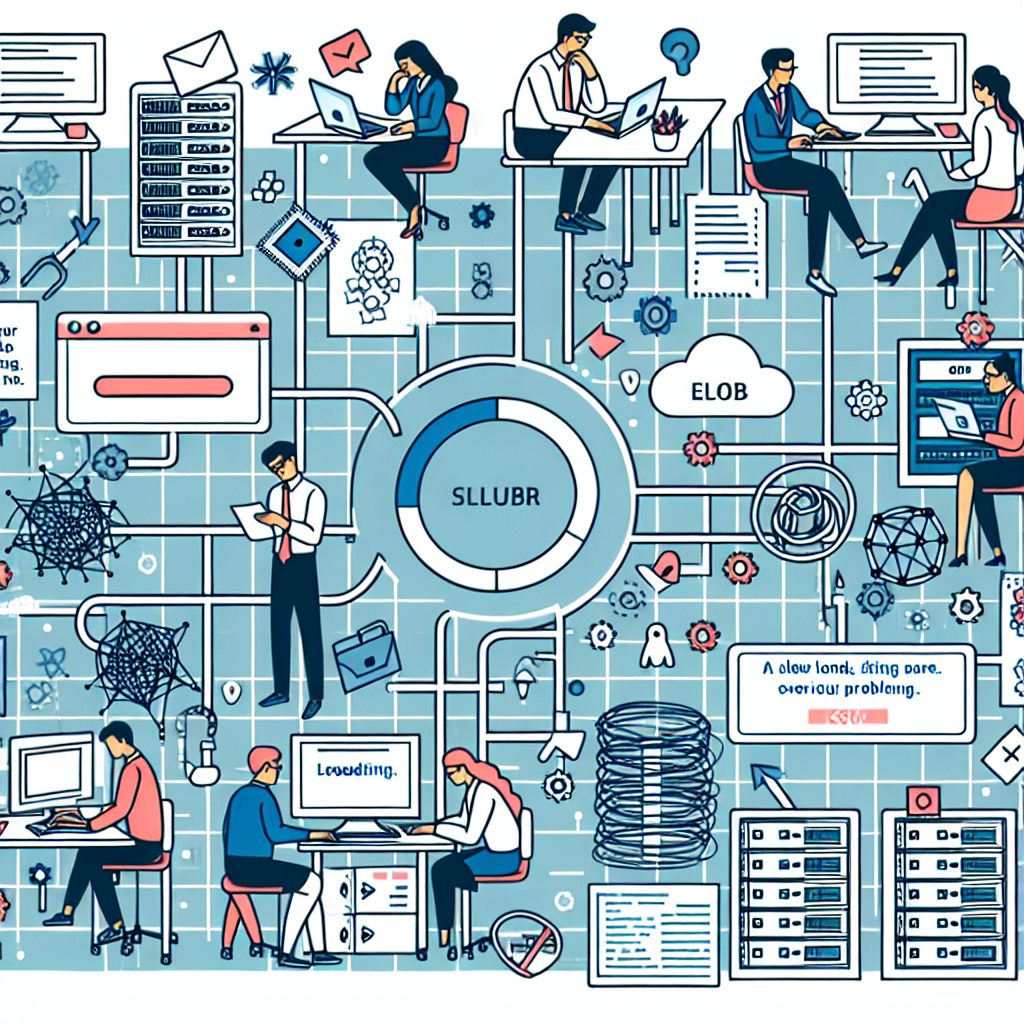Fix today. Protect forever.
Secure your devices with the #1 malware removal and protection software
IT consulting firms play a crucial role in helping businesses navigate the complex world of technology. They provide expert advice, guidance, and solutions to help organizations optimize their IT infrastructure and systems. However, like any industry, IT consulting firms face a number of common challenges that can impact their effectiveness and success. In this article, we will explore some of the most prevalent challenges faced by IT consulting firms and discuss strategies for overcoming them.
One of the primary challenges faced by IT consulting firms is staying current with rapidly evolving technology. The IT landscape is constantly changing, with new tools, platforms, and trends emerging regularly. This can make it difficult for consulting firms to keep pace with the latest developments and ensure that their recommendations are up-to-date and relevant. To address this challenge, IT consulting firms must invest in ongoing training and professional development for their staff, as well as stay connected with industry news and updates. By staying informed and continuously learning, consulting firms can ensure that they are providing the most current and effective solutions to their clients.
Another common challenge for IT consulting firms is competition. The IT consulting industry is highly competitive, with many firms vying for the same clients and projects. This can make it challenging for consulting firms to stand out and differentiate themselves from the competition. To overcome this challenge, IT consulting firms must focus on building strong relationships with clients, delivering high-quality services, and showcasing their expertise and experience. By demonstrating their value and expertise, consulting firms can attract and retain clients in a competitive market.
Client communication is another significant challenge for IT consulting firms. Effective communication is essential for building trust, managing expectations, and ensuring successful project outcomes. However, miscommunication and misunderstandings can easily occur, leading to delays, frustrations, and potential conflicts. To address this challenge, IT consulting firms must prioritize clear and open communication with clients, setting expectations, providing regular updates, and actively listening to client feedback. By fostering strong communication, consulting firms can build strong relationships with clients and ensure successful project outcomes.
Resource management is also a common challenge for IT consulting firms. Balancing workload, deadlines, and resources can be difficult, especially when faced with multiple projects and tight timelines. To address this challenge, IT consulting firms must prioritize project planning, resource allocation, and time management. By effectively managing resources and prioritizing tasks, consulting firms can ensure that projects are completed on time and within budget.
In conclusion, IT consulting firms face a number of common challenges that can impact their success and effectiveness. By staying current with technology trends, differentiating themselves from the competition, prioritizing client communication, and effectively managing resources, consulting firms can overcome these challenges and thrive in a competitive market. By addressing these challenges head-on, IT consulting firms can continue to provide valuable services and solutions to help businesses navigate the complex world of technology.
Fix today. Protect forever.
Secure your devices with the #1 malware removal and protection software









